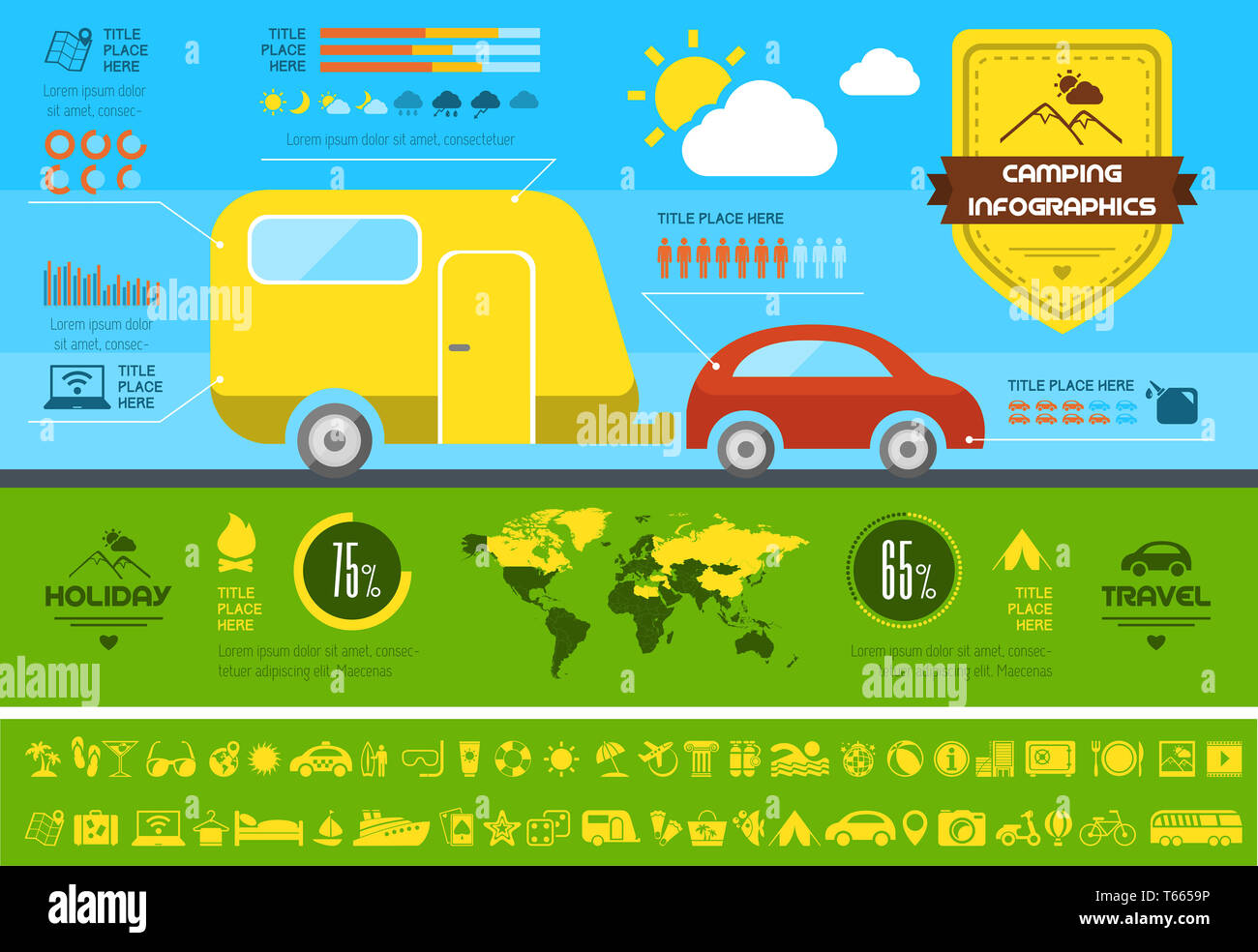While both offer staminas in various atmospheres, it's important to figure out which sort of insulation will ideal serve your requirements. The insulation you pick impacts warmth, weight, water resistance, compressibility and cost.
Down is harvested from waterfowl, usually ducks or geese. It is valued for its lightness, simple compression and protecting residential properties. Nonetheless, down comes to be much less effective when wet.
Warmth-to-Weight
A high warmth-to-weight ratio is desired in outdoor clothing and gear. The protecting homes of down feathers make them an excellent option for this purpose, as they are very cozy and light-weight.
Nonetheless, down sheds its shielding capacities when it splashes, meaning it needs to be paired with a water resistant covering. Furthermore, some individuals are allergic to down, making synthetic coats a much better choice for them.
Synthetic insulations are usually made from recycled polyester and developed to imitate down's protecting properties. They are not as lightweight as down, but they do not lose their insulating capabilities when they get wet and completely dry more quickly than down. They are likewise extra economical than down. Nevertheless, their lifespan is shorter than down, resulting in greater upkeep and substitute costs.
Water Resistance
The insulation you choose for your work jacket will certainly make a large distinction in exactly how comfy you really feel outdoors. Nevertheless, the type of insulation you pick likewise has significant effects for your sustainability objectives.
Down is an outstanding insulator for a number of factors. It's lightweight, compressible, and uses a good warmth-to-weight ratio. However, it does not fare well when it splashes. Down clumps up and loses its loft when damp, which can substantially decrease its capacity to catch heat.
Synthetic insulation materials, such as Thinsulate and Primaloft, hold up far better against damp problems. They generally have a tight weave or chemical coating that keeps water from eco-friendly bag penetrating the fabric. This permits the insulation to remain breathable, even if wet. It deserves keeping in mind that synthetics can likewise be awkward when damp, but they retain their protecting residential properties.
Compressibility
While goose down does have an exceptional warmth-to-weight proportion, artificial insulation executes in a similar way. However, unlike down which absorbs and loses its shielding abilities when wet, artificial insulation does not. As a result, it can maintain its loft space and trap warm air in wet conditions.
Typically produced from polyester sheets or clusters that imitate down, one of the most typical artificial insulation brands consist of PrimaLoft, FullRange, Thermoball and Patagonia's PlumaFill. While it still can not match down's loftiness and warmth-to-weight, synthetic coats are lightweight, fast to completely dry and more economical than down. This makes artificial coats excellent for damp settings, or if you're prone to sweating greatly. Artificial coats are additionally less delicate than down and can take a beating. This resilience encompasses their face materials which are normally thicker and a lot more long lasting than down.
Toughness
A major factor to consider in sustainability is a product's long life and durability. Natural products like cork, ThermaCork increased cork and Havelock wool last longer than artificial alternatives like fiberglass and plastic. They likewise need less upkeep and can hold up against extreme environmental conditions.
Nonetheless, all-natural insulation does not do also when wet as artificial alternatives. Woollen and fleece glob together when wet, endangering their capability to trap heat. Artificial insulation, on the other hand, does not take in moisture and continues to shield even when saturated.
This makes synthetic insulation perfect for damp climates and difficult tasks where you may sweat heavily. It's additionally less complicated to clean and dries out faster than down. This added durability and integrity make artificial insulation a total champion in this classification. This translates to sturdy protected work boots that last lengthy and keep you warm via demanding atmospheres.
Sustainability
Natural products use biodegradability and a smaller environmental impact, while synthetic options brag sturdiness and ingenious applications that sustain energy performance. Nonetheless, it is very important to comprehend the true ecological effect of these insulation products from cradle-to-grave.
As an example, if a natural insulation product has to take a trip a far away from its source to the building website, transportation-related discharges increase its total carbon impact. Choosing locally sourced and reused products lowers that influence. And, opting for GREENGUARD and Cradle to Cradle qualifications ensures that insulation is without unpredictable organic substances (VOCs) and supports liable sourcing and labor conditions.
Lamb's woollen and cork are renewable insulation sources that are harvested without hurting the tree or plant. Both have actually the added benefit of being normally resistant to mold, parasites and moisture.
